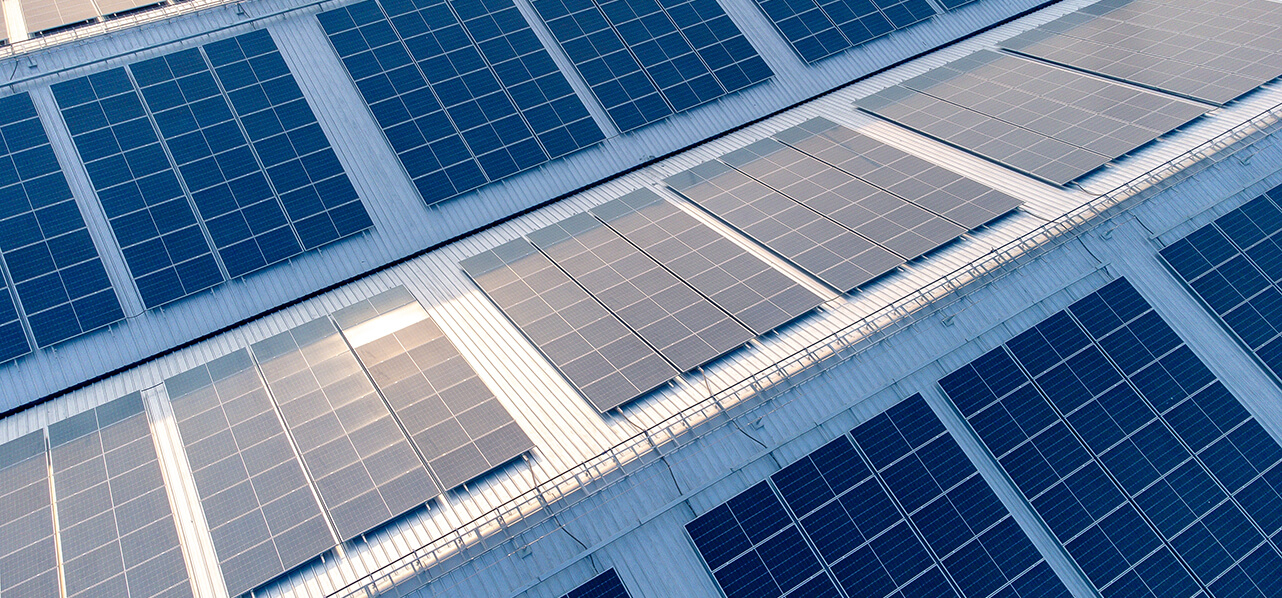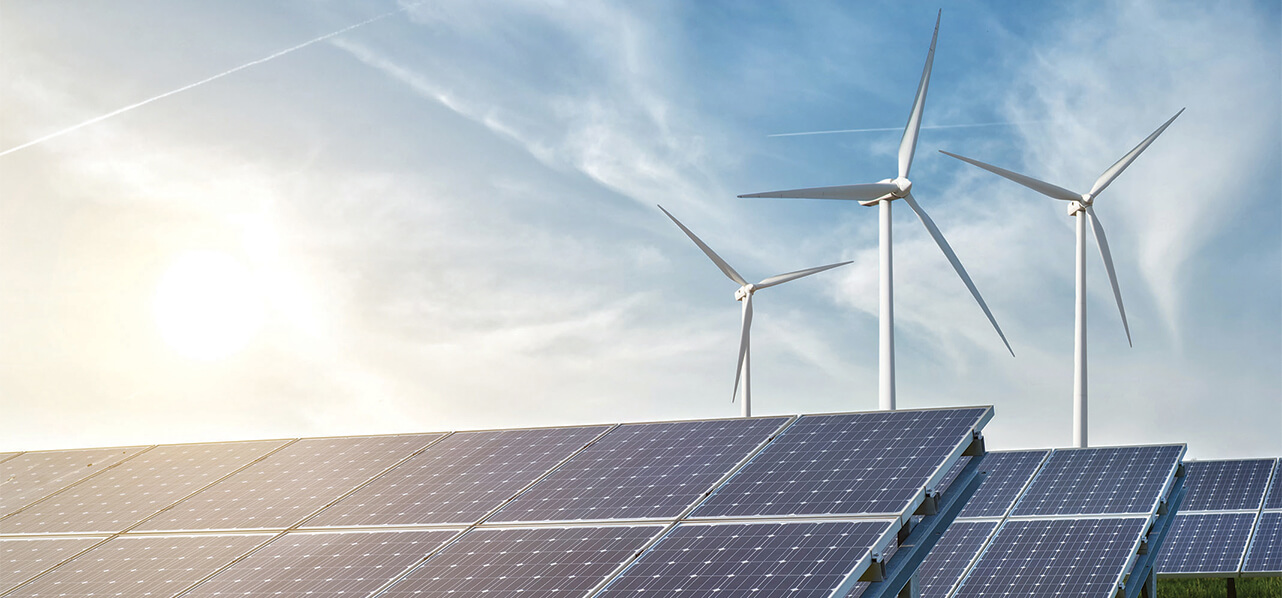Amid increasing investor interest in the Vietnamese renewable energy sector, the Government intends to procure a series of clean energy projects in Vietnam, with a target increase in capacity for wind power plants to 6,000 MW by 2030. With a 10- 12% projected annual growth in power consumption from now until 2020, and 7% projected increase in the percentage of renewable energy generated power by 2020, the Vietnamese market is poised for continued investment in renewables. Vietnam is well suited to wind power, the World Bank estimates that 8.6% of Vietnam’s land mass is suitable for such projects, with a national wind energy potential of about 513,360 MW.
Despite significant investor interest and favourable geographical and weather conditions, Vietnam’s wind power market is still in its infancy. Since the completion of the first wind power project, the 24 MW Phu Lac plant in Binh Thuan province in 2016, Thuan Binh Wind Power JSC, an Electricity of Vietnam (“EVN”) affiliate, has developed the 30 MW Loi Hai wind power project. The power plant will begin operation in 2018. EVN has also approved investment in two new wind power projects, 30 MW Huong Phung in Quang Tri province and 25 MW Cong Hai in Ninh Thuan province, both to be developed by EVNGENCO2. Current developments are small-scaled and slow, and whilst 50 wind power projects (5,000 MW) are registered with the Government, to date only 50 MW of wind generated capacity has been connected to the grid. To support the further growth of the sector, the Government has issued “Decision 39”, a new piece of regulation which sets out a series of measures aimed at incentivising the development of large-scale wind energy projects in Vietnam, including a significant increase in the Feed-in-Tariff (“FiT”) offered to such projects.
New Decision 39
New Decision No. 39/2018/QD-TTg dated 10 September 2018 (“Decision 39”), amends and supplements Decision No. 37/2011/QD-TTg dated 29 June 2011 (“Decision 37”). This is a positive signal for the Vietnamese energy sector, reflective of the Government’s support of the sector, including through a more favourable tariff and other incentives.
Revised FiT
Under Decision 39, the wind FiT, excluding VAT, will be VND 1,928 per kWh (US 8.5 cents per kWh) for Onshore Wind Power Projects and VND 2,223 per kWh (US 9.8 cents per kWh) for Offshore Wind Power Projects. This replaces the previous wind FiT of US 7.8 cents per kWh. Thus, the increased FiT and the distinction between onshore and offshore FiT rates will be beneficial for potential investors as it aligns the tariffs with the cost of producing wind power at different cost levels.
Decision 39 imposes a Commercial Operation Date (“COD”) deadline of 1 November 2021, which wind projects must meet in order to enjoy the FiT. Wind projects which meet the deadline will benefit from the tariff for a 20 year operational term. The three year COD deadline is quite tight, and investors are recommended to accelerate their projects since applications by potential investors should include wind data of one year – see the section on “Power Development Planning and Reporting” below for details.
COD occurs when:
-
- the power plant has completed the initial commissioning for a part or whole of the grid-linked wind power plant and the connection facilities;
- the power plant has been granted an Electricity Operation License; and
- the power seller and purchaser have recorded the meter readings to commence payment.
Significantly, the new FiT also applies to wind power projects operating before the issuance of Decision 39, for the remaining term of their signed power purchase agreements. Decision 39 overrides Article 9 of Decision 37, which states that if the wind power project developer does not begin its main construction activities within 12 months after receiving its investment registration certificate, the relevant provincial People’s Committee shall consider withdrawing that investment registration certificate. This is in recognition of the reality that project developers were encountering financing and other project development challenges that require more time before construction can commence.
Investors should note that projects that enjoy the new FiT under Decision 39 will not
be entitled to any other price support mechanisms issued by the Vietnamese government through the Vietnam Fund of Environmental Protection.
Project application and commencement requirements
Potential investors must comply with certain requirements prior to securing the development rights. Pursuant to Circular No. 32/2012/TT-BCT dated 12 November 2012 (Circular 32), the following must be satisfied:
-
- Wind measurements for one full year must be However, if existing wind measurements at the project location are available, the investor may use this data for the preparation and approval of the investment project (article 5);
- Together with wind data, investors have to submit the investment rationale, project description, preliminary implementation solutions, environmental impact assessment report, fire prevention and fighting solutions and satisfy requirements on security and national defence and total investment of the project (article 4(c));
- Based on the project scale, the Ministry of Industry and Trade (“MOIT”) shall consider and approve additional projects within the wind power development and approve the investment project policy under its authority or submit it to the Prime Minister for approval or supplements (article 4); and
- The Provincial People’s Committee must grant an Investment Certificate to the investor after obtaining written consent from the MOIT on the compatibility of the proposed wind power project (article 5).
Under Decision 39, the project investor is entitled to commence construction of a wind power plant in Vietnam if the following conditions are met:
-
- the requirements for commencement of construction of works in accordance with the construction law (and for investment projects, a decision from relevant governmental agencies);
- having a signed Power Purchase Agreement with the power purchaser;
- having a signed grid connection agreement with the relevant power distribution or transmission entity; and
- having a wind measurement report covering a continuous period of at least 12
The requirement for reporting on the status of the project to the MOIT has also been reduced from four times a year to twice a year.
Closing thoughts
As Vietnam continue to modernise and develop, its power consumption will continue to increase. Furthermore, the Vietnamese Government has shown consistent and strong support for clean energy, and the market has responded positively (firstly in relation to the conventional Build-Operate-Transfer projects, and more recently the solar programme). As the Government furthers its focus onto the wind energy sector, especially with the increased and more attractive FiT, there will be a need for international skills, plant and materials, and capital, resulting in a demand for foreign investors and developers. Given the deadline in enjoying this increased FiT, it is important for investors and developers to act fast and accelerate project development in order to meet the COD deadline.
Watson Farley & Williams (“WFW”) works closely with our Vietnamese associated law firm LVN & Associates (“LVN”) in Hanoi to provide local and international legal advice to clients based in, or investing in, Vietnam. Of counsel, Linh Doan is the founding partner of LVN and one of Vietnam’s leading lawyers. The WFW and LVN team has extensive experience in the Vietnamese and Asian energy sectors, with Linh and her team having advised on numerous conventional and renewable power projects in the region. WFW is recognised globally for its renewable expertise and frequently advises a range of clients in the sector.



